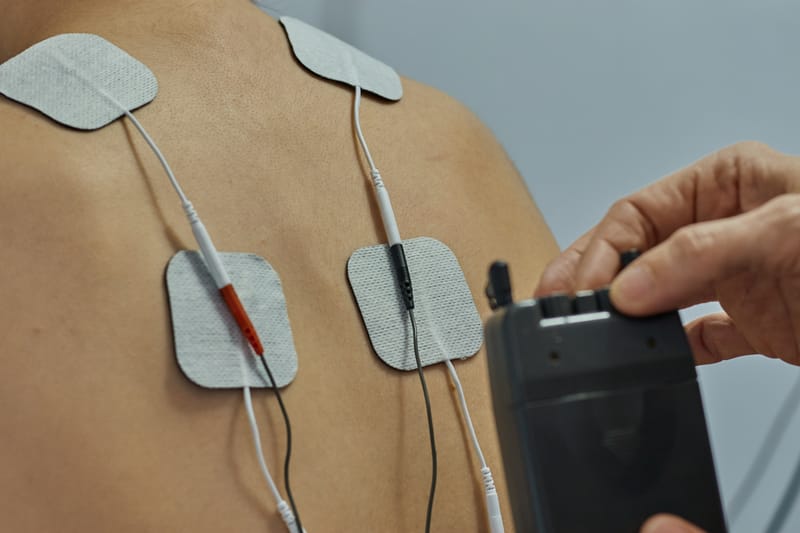
Transcutaneous electrical nerve stimulation (TENS) is a non-invasive treatment often used to help relieve pain associated with osteoarthritis, particularly in the knees, by delivering low-voltage electrical currents to the affected area, effectively blocking or altering the perception of pain signals sent to the brain. Research indicates it can be an effective pain management tool for osteoarthritis patients, although the effectiveness may vary depending on the individual and severity of the condition.
Key points about TENS for osteoarthritis:
• Pain relief: The primary benefit of TENS is its ability to reduce pain associated with osteoarthritis, allowing for increased mobility and function.
• Mechanism: TENS works based on the "gate control theory" of pain, where the electrical stimulation competes with pain signals at the spinal cord level, effectively reducing pain perception.
• Potential benefits: Improved range of motion, decreased reliance on pain medication, enhanced physical activity
• Considerations: Not a cure for osteoarthritis: TENS only manages pain, not the underlying joint damage, individual response may vary
• Consult a healthcare professional to determine if TENS is suitable and to set appropriate settings.